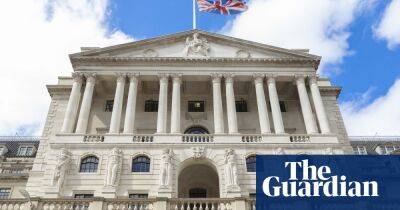Lean times for Ghana’s yam traders as cost of living crisis bites
On a quiet stretch amid the sprawling buzz of Kaneshie market in Accra, a group of traders sheltering under canopies from the blazing sun sell yams stacked along the roadside.
Rita Oboh, 32, has worked the spot, or one nearby, since she was six, following in the footsteps of her mother who also traded yams. “My mother lived good, really good,” Oboh says with pride. “She built houses, she looked after everybody, her family, people who relied on her. She was successful.”
But now times are lean, and the life Oboh’s mother was able to build feels far out of reach. “This was a prosperous trade,” Oboh says, pointing to her yams. “But now everything is a struggle.”
Across Kaneshie, customers patiently scan trays of produce – bright red peppers and tomatoes, bundles of spinach, okra. Nearly all are far more expensive than they used to be. Food prices in Ghana have risen by 30% over the last year. Energy costs have also climbed sharply and inflation is running at 27%, according to the country’s statistics authorities.
As customers pick up and scrutinise their yams, Oboh and the other women – almost all the main or sole breadwinners of their homes – describe how a cost of living crisis has gripped Ghana and reshaped their lives.
“If people bought three before, now they only buy one,” says 54-year-old Felicia Appiah. “I earn 20% of what I earned five years ago.”
Not only has the price of the yams gone up, so have delivery costs and the bus fares to and from the market and home. As profits have dwindled, the women have gradually cut costs, including by eating less food.
“I used to eat three times a day, now only once,” says Oboh, her words echoed by the others. “I wait until 2pm, in the middle of the day. Then I buy a heavy double portion
Read more on theguardian.com


















